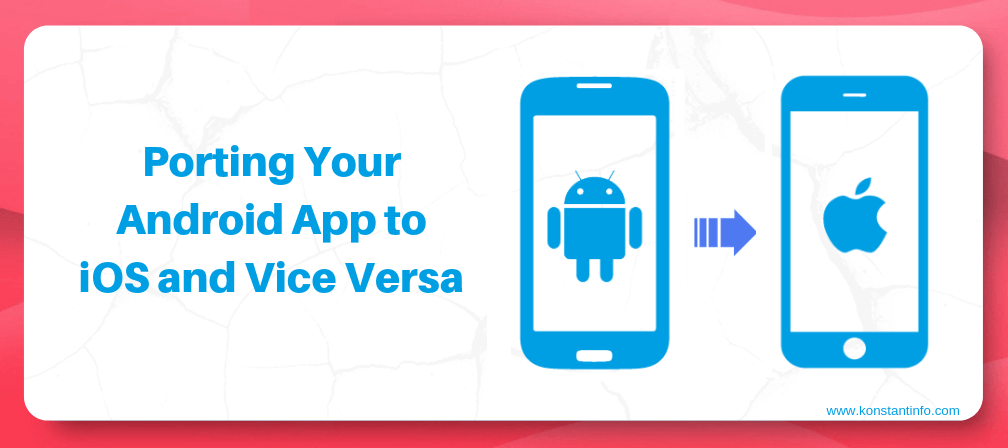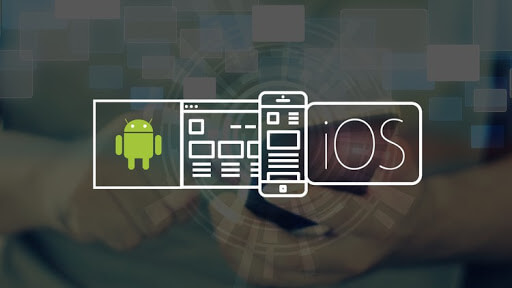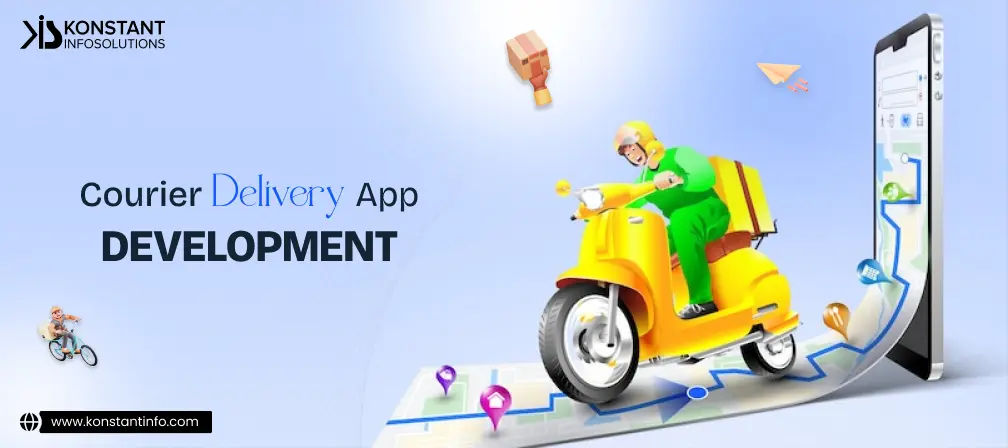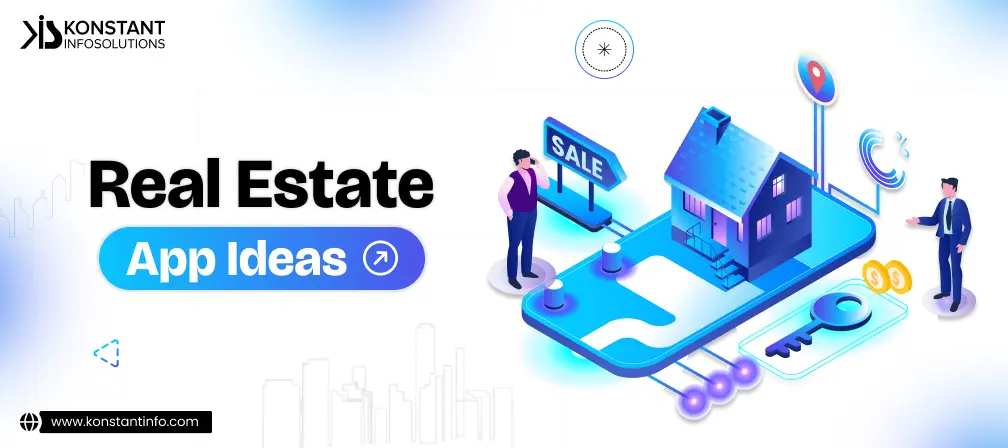
A report by Gartner reveals the Smartphone market share captured by different operating systems.
Worldwide Smartphone Sales to End Users by Operating System in 4Q16 (Thousands of Units)
Operating System | 4Q16(Units) | 4Q16 Market Share | 4Q15(Units) | 4Q15 Market Share |
|---|---|---|---|---|
| Android | 352,669.9 | 81.7 | 325,394.4 | 80.7 |
| iOS | 77,038.9 | 17.9 | 71,525.9 | 17.7 |
| Windows | 1,092.2 | 0.3 | 4,395.0 | 1.1 |
| BlackBerry | 207.9 | 0.0 | 906.9 | 0.2 |
| Other OS | 530.4 | 0.1 | 887.3 | 0.2 |
| Total | 431,539.3 | 100.0 | 403,109.4 | 100.0 |
Source: Gartner (February 2017)Launching a custom app in this split Smartphone OS market is a challenging and confusing task for the business owners. The task becomes even more difficult when the business already has an app and realizes the need to clone their Android app to the iOS platform or vice versa.

For web developers, it’s a totally different ball game. The two platforms hardly share any similarities and it takes a lot of effort to port Android to iOS or iOS to Android while ensuring the architecture remains intact. This needs web developers to consider certain things as and when they plan to convert an Android app to iOS or vice versa with first being the business logic and architecture of the app.
Once they’re done with that, developers should:
Even though the interfaces for the two platforms are on the opposite ends of the development spectrum, it’s significant for the developers to ensure that the user gets the same experience whether they are using an iOS device or an Android one.
As Apple uses a Flat design concept while Android uses a Material design, developers need to reconstruct the entire app interface from scratch while porting the app, and hence, they need to consider everything from icons, object placement, navigation bar, buttons, font type, text alignment to regular alerts and notifications.
In a nutshell, as a first step, developers should sort out a plan for implementing design UI elements after understanding the source app’s business logic and reviewing the app architecture.
Since iOS implements one of the latest trends in the minimalist design with thin lines, laconic elements and absence of shadows, the front-end developers can implement the same from scratch, as planned, when porting from Android to iOS. The good part is that they can simply consider the last 2-3 iOS versions and they’ll be done. Besides, Apple has a limited number of devices running on iOS making it easier to port.
However, the situation becomes complicated when the iOS app needs to be converted to Android.
With 4000+ Android devices available in the market in all shapes and designs, it becomes a necessity to selectively design the app for top devices capturing a chunk of the market.
Even going with these popular choices, there are a number of things to consider. Porting from iOS to Android means juggling between varied screen sizes, designs, menus, processing speed, resolution, and the list goes on. Also, the inconsistency in the popularity of different Android versions across markets makes it essential to figure out the version of OS (Nougat, Marshmallow etc.) most prevalent in the targeted market.
To ease this process, businesses can simply hire professional Android app developers with the latest market and industry know-how to implement the same. Further, navigation poses yet another challenge.
Whereas Android has three taps- Home, Back and Multitasking; iPhone simply has one main home button and developers need to code the rest of the functionality into the app when converting an Android app to iOS. Similar considerations should be taken care of when porting from iOS to Android.

Overall, developers need to consider these differences when designing the clone counterpart of the app on another platform. Last but not least, developers need to carefully evaluate the differences in programming languages and craft the new code accordingly.
For iOS and Android, though both platforms can work in the C code, iOS apps primarily use Swift while Android apps mainly use Java and Kotlin. So, even at the basic level, the code needs to be rewritten for the new platform for better efficiency.
Moreover, it’s important to ensure that if an app is using third-party frameworks or libraries, it needs to be compatible with both iOS as well as Android. Cross-platform frameworks and libraries are in high demand nowadays making it easier for developers to replicate the functionalities.
We at Konstant Infosolutions have React Native developers with extensive work experience who can help you reuse the majority of your code.
The Android app developers can browse through the above points before they begin the porting process to remain prepared for the challenges they might be facing in the process. To ensure a flawless outcome, the template for app porting should begin with identifying and analyzing the source app’s business logic and a plan to implement the same in accord with the platform-specific design and layout considerations. The navigation and coding should also be in sync, and finally, the app should go through rigorous alpha and beta testing to ensure it is error-free before it gets published. Happy porting!!



Vipin Jain is the Co-Founder and CEO at Konstant Infosolutions and is in charge of marketing, project management, administration and R&D at the company. With his marketing background, Vipin Jain has developed and honed the company’s vision, corporate structure & initiatives and its goals, and brought the company into the current era of success.
Or send us an email at: [email protected]